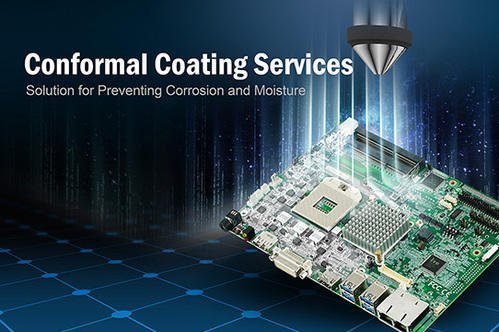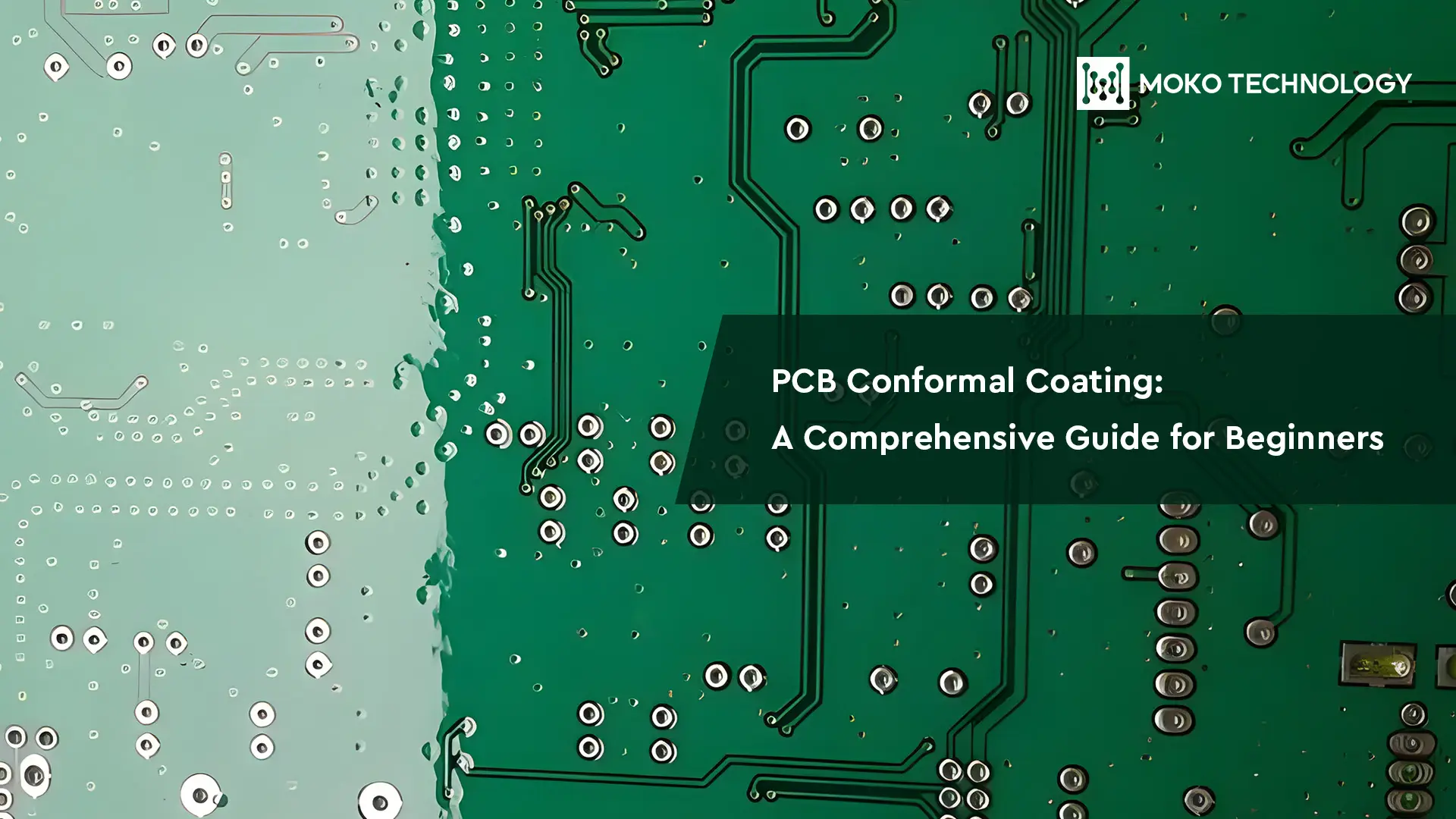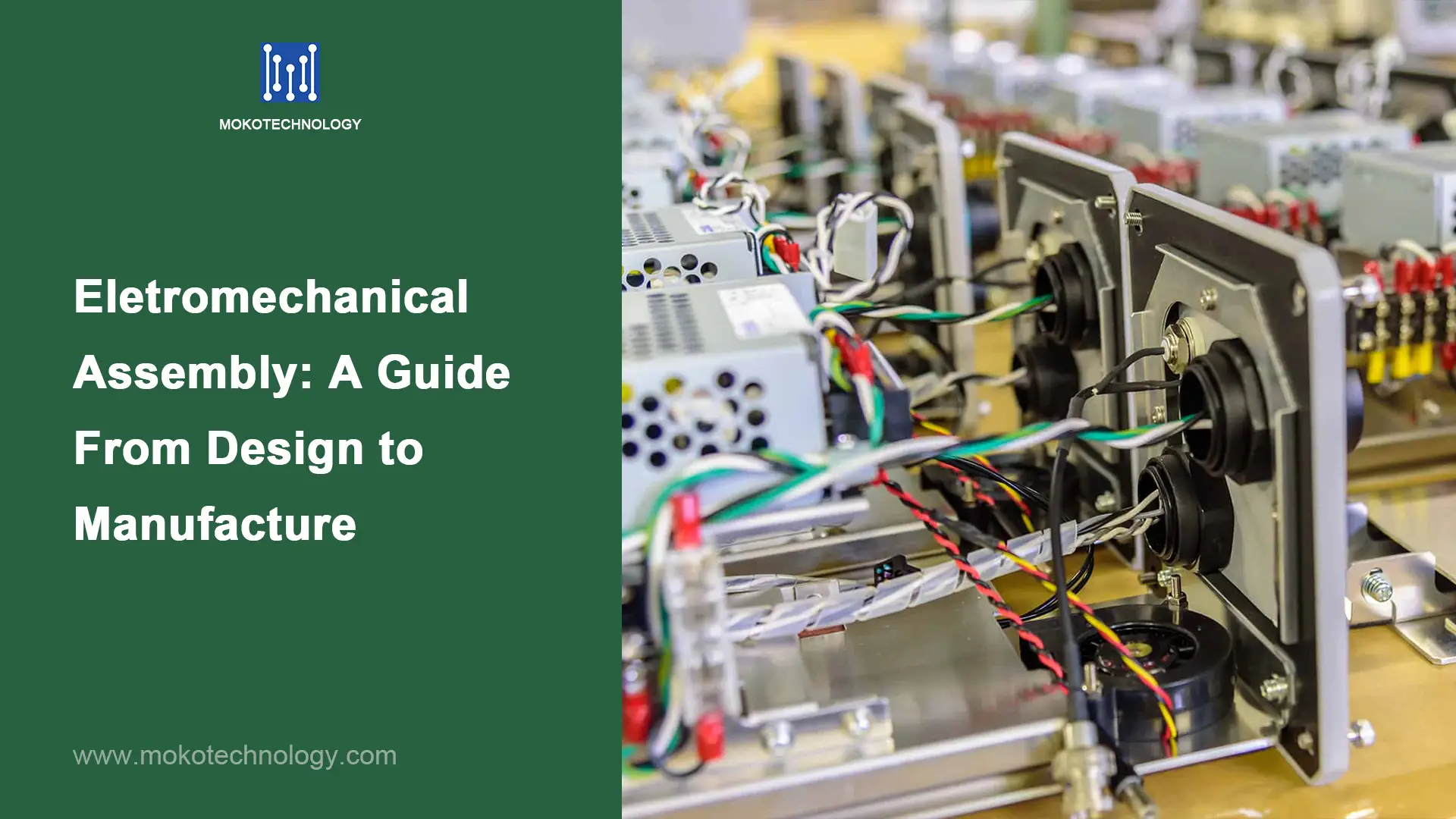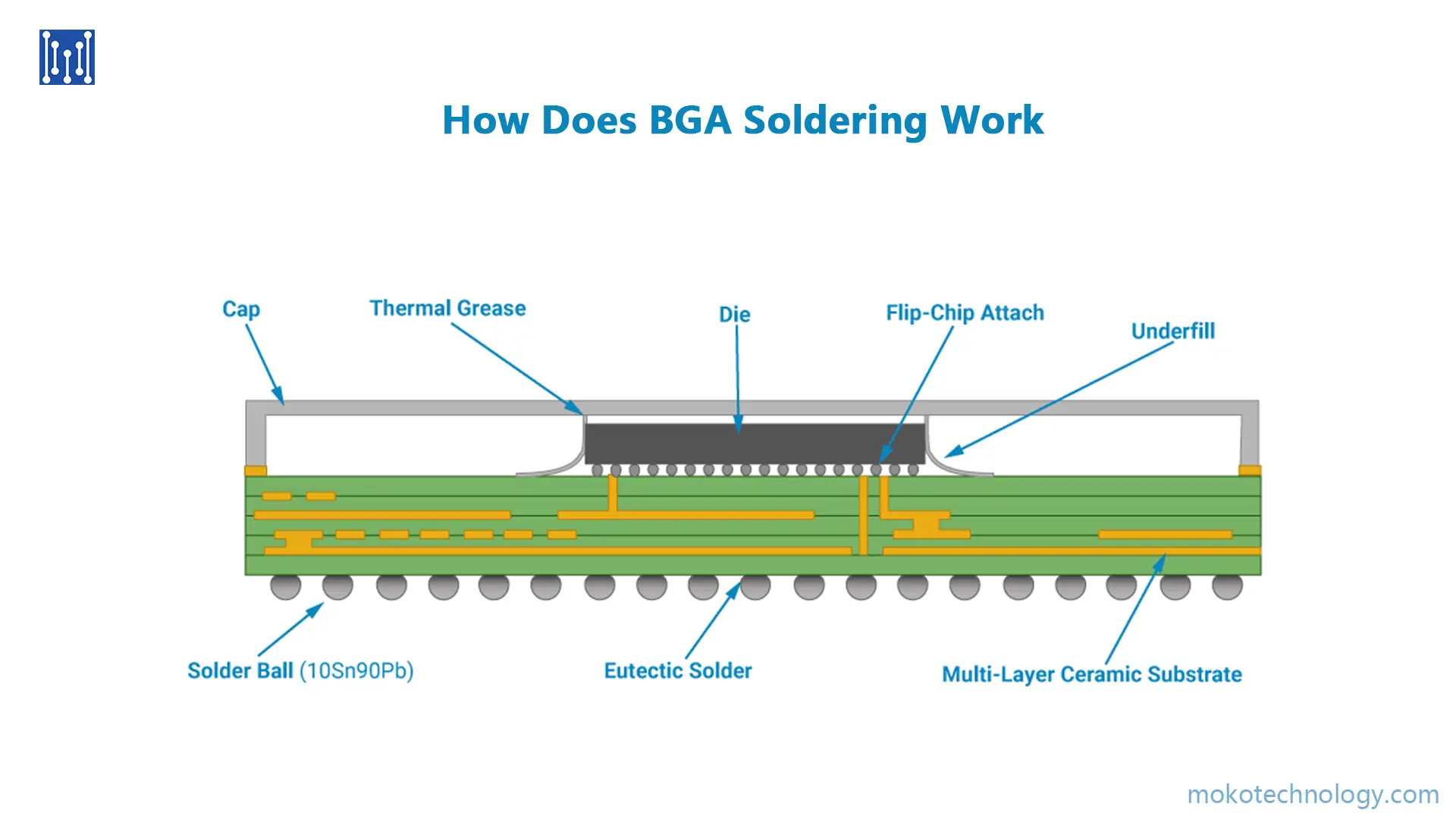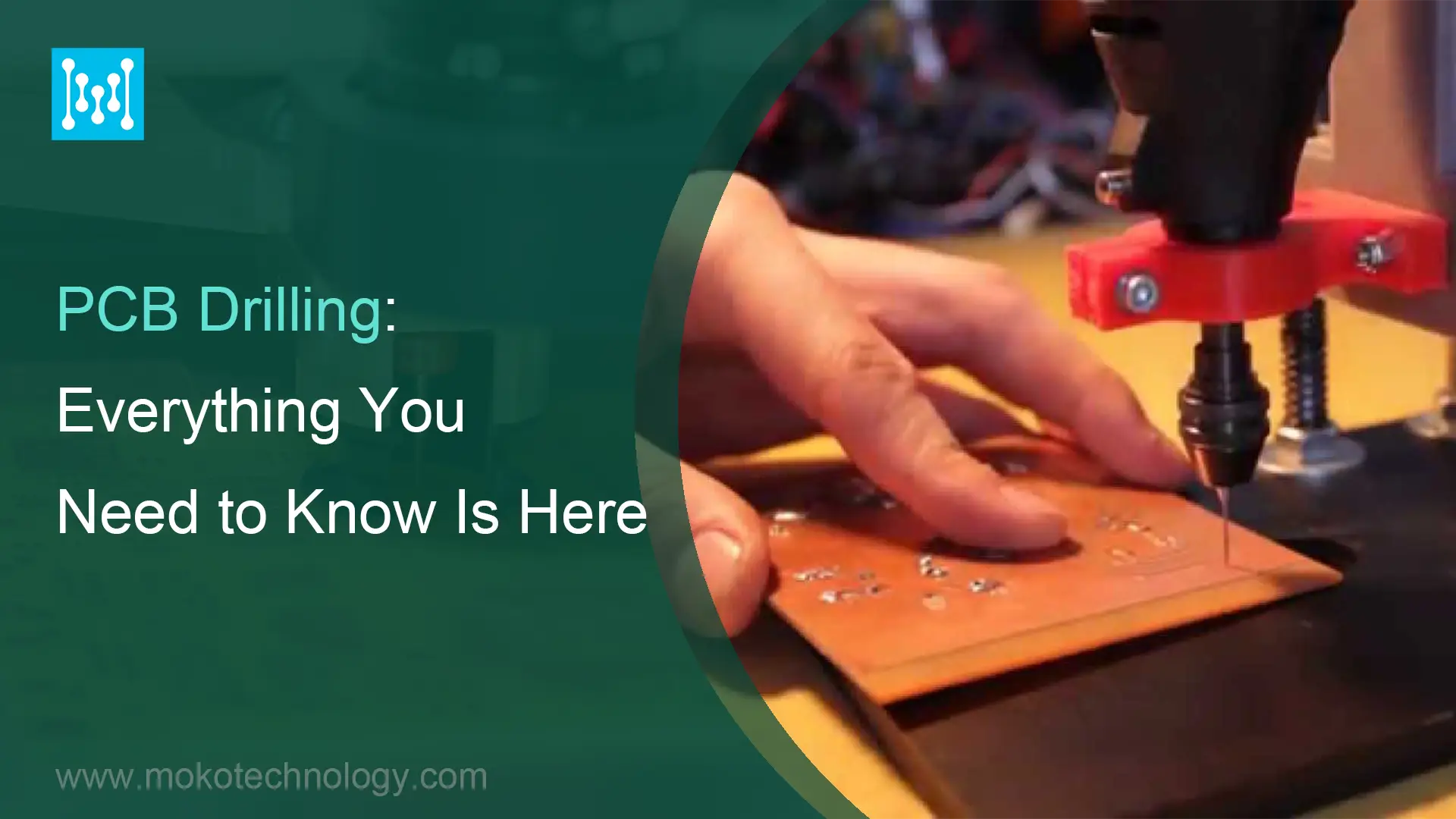今日の世界では, 電子機器は私たちの日常生活で重要な役割を果たしています, 利便性を提供し、全体的なエクスペリエンスを向上させます. まだ, 外部条件の影響を非常に受けやすい; 湿気などの要因, 温度, ほこりがそれらの機能を妨げる可能性があります. ここで PCB コンフォーマル コーティングが始まります。. 防御壁として機能する, 取締役会に悪影響が及ばないようにする. 記事上で, コンフォーマルコーティングの種類をご紹介します, コンフォーマルコーティングの塗布方法, プロジェクトに適したものを選択する方法.
とは PCB コンフォーマルコーティング
PCB コンフォーマル コーティングは、非導電性の化学コーティングまたはポリマー フィルムです。, 通常、厚さは 10-25 ミクロン. コンポーネントを組み立てた後, 回路基板絶縁保護コーティングは、電子回路をさまざまな有害な要因から保護し、電子機器の寿命と信頼性を向上させるために基板の表面に適用されます。.
種類 のf コンフォーマルコーティングs
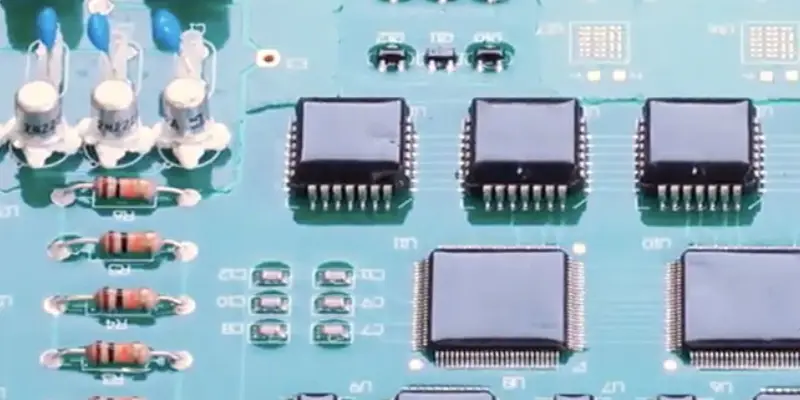
回路基板の絶縁保護コーティングは、その化学組成によって区別されます。, それぞれが独自の特性と利点を提供します. ここに, 最も一般的に使用されている 5 つのタイプを見ていきます:
-
アクリル樹脂 (と)
アクリルコーティングはコスト効率が高い, 使いやすく、修理も簡単. 彼らは高い 絶縁耐力 適度な耐湿性と耐摩耗性を備えています. しかしながら, 耐薬品性が必要な環境では適合性が不十分です, 特定の溶液によって簡単に剥がすことができるため、.
-
シリコーン樹脂 (SR)
シリコーンコンフォーマルコーティングは化学的腐食に対して優れた耐性を持ち、高温条件下でもPCBを保護できます。. 柔軟です, 弾力性と耐振動性, したがって、一部の屋外用途に適しています. しかしながら, このコーティングは簡単には除去できません, 専門的な技術やソリューションが必要な場合.
-
ウレタン樹脂(あなたは)
ウレタン絶縁保護コーティングの最も優れた性能は、耐湿性と耐薬品性です。, そのため、航空宇宙用途でよく使用されます. でもシリコン樹脂みたいに, 取り除くのは難しいです.
-
パリレン (XY)
パリレンコンフォーマルコーティングは、蒸着によって塗布されるコーティングの一種です. 優れた耐電圧性と耐湿性を備えています。. 加えて, とても薄くて軽いです, 回路基板に大幅な嵩や重量を追加することなく回路基板を保護します。.
-
エポキシ樹脂(IS)
エポキシ樹脂コーティングは、その優れた耐湿性で高く評価されています. 硬さが特徴, これらのコーティングは、化学薬品や摩耗に対して高い耐性を備えています。. さらに, この種の PCB 絶縁保護コーティングは 150°C までの温度に耐えることができます. エポキシコーティングは、浸透することなく電子機器を完全に覆うポッティングコンパウンドによく使用されます。.
| 種類 | 長所 | 短所 | アプリケーション |
| アクリル樹脂 | 費用対効果の高い, 使いやすく、修理も簡単 | 耐薬品性が低い, | 耐薬品性が重要ではない汎用用途 |
| シリコーン樹脂 | 優れた耐薬品性, 柔軟性と耐振動性 | 除去するのが難しい, 耐摩耗性がない | 耐薬品性が必要な用途, 高温環境 |
| ウレタン樹脂 | 優れた耐湿性, 優れた耐薬品性 | 除去するのが難しい. 長時間の硬化プロセス. | 航空宇宙用途 |
| パリレン | 優れた絶縁耐力, 薄くて軽い | 高コスト, やり直しが難しい | 極端な温度の環境; |
| エポキシ樹脂 | 高い耐摩耗性, 優れた耐湿性 | 除去するのが難しい, 高温に耐えられない | ポッティングコンパウンドを必要とするアプリケーション |
どうやって to コンフォーマルコーティングを適用する
がある 4 プリント基板にコンフォーマルコーティングを施す主な方法:
- ブラッシング
ブラッシングとは、ブラシを使用して回路基板上の対応する領域にコーティングを塗布することを指します。. 使用するツールは非常にシンプルです. 必要なのは塗装用の刷毛と容器だけ. メンテナンスや手直しも大変便利です. しかしながら, この方法は少量のバッチ生産にのみ適しています, オペレーターは操作に熟練し、コーティングの厚さを均一にするためにコーティングの量を適切に制御できる必要があります。.
- 浸漬
ディッピングは伝統的な回路基板のコンフォーマルコーティング方法です. プロセス全体の操作は簡単です. PCB をコーティングに完全に浸し、固まるのを待つだけです。. 使用できるのは粘度の低いコーティングのみであることに注意してください。. 欠点は、事前に多くのマスキングとシーリングの準備が必要なことです。, プロセス全体も非常に時間がかかります.
- スプレー塗布
スプレー コーティングはコンフォーマル コーティングを霧化し、空気またはガスを使用して回路基板に塗布します。. これにはエアゾール噴霧も含まれます, バッチスプレー, 選択的噴霧. エアロゾルでは、ブース内で溶剤ベースのコーティングとスプレーガンを使用します。. 圧縮空気スプレーガンを使用したバッチスプレーで高品質な仕上がりを実現. 選択的スプレーにより特定の領域を正確にコーティングします, マスクされたコンポーネントを避ける. スプレーのセットアップには設備投資が高額ですが、, この技術は、適切なプログラミングとモニタリングによりすべてのコーティング タイプをサポートします。.
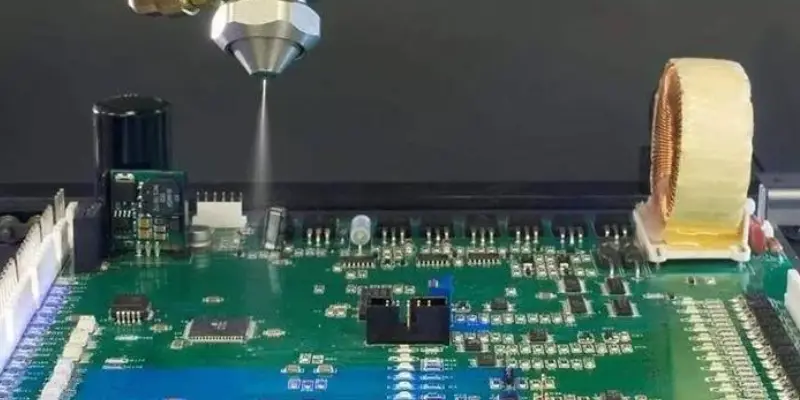
- 蒸着
蒸着は特殊な機械が必要なため、より高価なコーティング技術の 1 つです。. この方法では、コーティングを蒸発させてミストにして回路基板に堆積させます。. 強化された湿気保護と優れた電気的性能を提供します。. 主にパリレンおよび PTFE コーティングの塗布に使用されます。, 中規模から大量の生産量に適しています.
PCBコンフォーマルコーティングの塗布プロセス
ステップ 1: クリーニング
PCB は徹底的に洗浄され、残留物が除去されます。, 汚染物質, または水性化学などの技術を使用して不純物を除去, 溶剤洗浄, またはプラズマクリーニング.
ステップ 2: プライミング (オプション)
コンフォーマルコーティング樹脂の種類による, 接着力を強化し、PCB 表面へのコーティングの結合を改善するために、プライマーを塗布する場合があります。.
ステップ 3: マスキング
このステップでは, コーティングすべきではない PCB の領域をマスクする必要があります. これを実行するには, マスキングテープなどのさまざまなツールを使用できます, 液体ラテックス, マスキングブーツとか.
ステップ 4: コーティングの塗布
今, 回路基板にコンフォームコーティングを塗布します. 多くの方法が利用可能です, 上記のように, ブラッシングも含めて, 浸漬, または蒸着, とりわけ.
ステップ 5: デマスキングと仕上げ
コーティング塗布後, マスキング材が除去されます, コーティングの品質を確保するために必要な仕上げプロセスが実行されます。, マスキング漏れを防ぐ, あらゆる欠陥に対処します.
ステップ 6: 乾燥と硬化
コーティングされた PCB は乾燥と硬化の段階を経て、コーティングが適切に硬化し、望ましい特性が得られるようにします。. 硬化メカニズムには熱が関与する可能性があります, 水分, 紫外線, または触媒プロセス, コーティングの種類に応じて.
ステップ 7: 検査
最後のステップでは、コーティングされた PCB の徹底的な検査が行われます。, 手動で, 視認性を高めるために UV ランプを使用する, または経由して 自動光学検査 (あおい) システム, 絶縁保護コーティングの品質と完全性を確保するため.
削除方法e コンフォーマルコーティング
回路基板の修理や部品交換が必要な場合, 回路基板の絶縁保護コーティングを除去する必要があります. 以下に絶縁保護コーティングを除去する一般的に使用される方法をリストします。:
溶剤除去 – 特定の溶剤を使用してコーティングを溶解します, ただし、選択した溶剤が適切であり、電子部品に損傷を与えないことを確認してください。. 一般的に, アクリル系塗料が一番溶けやすい, 一方、シリコンやウレタンのコーティングは除去が困難です。.
剥離 – シリコーン絶縁保護コーティングなどの一部の弾性コーティングの場合, ナイフで回路基板から剥がすことでそれらを取り除くことができます. ただし、このプロセスには特別な注意とオペレーターによる正確な制御が必要です。, そうしないと、コンポーネントが損傷する可能性があります.
熱/焼き付き – 修理プロセス中, はんだごてを使用すると、コーティングを焼き切ることができます, ただし慎重に操作する必要があります. この方法は、ほぼすべてのタイプの絶縁保護コーティングに適しています.
マイクロブラスト – このプロセスにはマイクロサンドブラスターの使用が含まれます。, 柔らかい研磨剤と圧縮空気の濃縮混合物を使用します。, コーティングを効果的に除去するには. この方法はパリレンおよびエポキシコーティングの除去に適しています.
研削/削り取り - ドリルを使用して不要なコーティングを削り取る必要があります。, エポキシ樹脂やポリウレタンなどのより硬いコーティングに適しています。. しかしながら, オペレーターが注意しないと, 回路基板を損傷する可能性があります, したがって、この方法は優先事項ではありません.
適切な絶縁保護コーティングの選択
最適なコンフォーマルコーティングを選択するには、いくつかの要素を考慮する必要があります, 含む:
- コーティングされたコンポーネントの使用温度範囲;
- 生産量とスループットの要件;
- プリント基板の設計仕様;
- 温度や湿度などの環境条件;
- 塗装工程に利用可能な設備と機械;
- 関連する業界標準, 顧客の要望, または国の規制.
これらの要素を総合的に考慮して、, あなたのPCBプロジェクトに適したコンフォーマルコーティングが見つかると思います. 適切なコーティングの選び方がまだわからない場合, などの専門の PCB メーカーに相談できます。 MOKOテクノロジー. 当社の専門エンジニアが、お客様のプロジェクトの特定のニーズに応じて最適なソリューションを提供します。. 今すぐお問い合わせ コンフォーマルコーティングサービスの詳細を知りたい!
